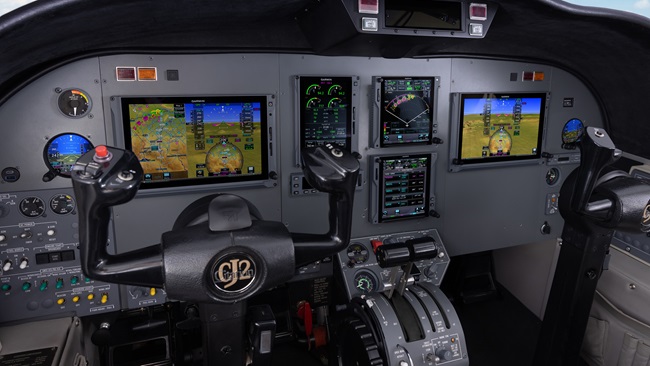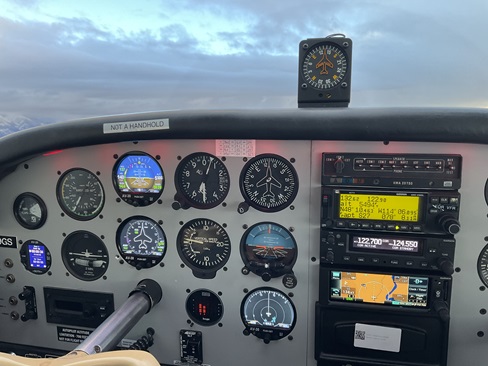Garmin introduces GNC 355 WAAS GPS/com
Compact navigator incorporates com radio
Garmin International has introduced the GNC 355, a wide area augmentation system (WAAS)-enhanced GPS touchscreen navigator that provides localizer performance with vertical navigation (LPV) instrument approach capabilities and includes a built-in communications radio.
Intended for Class I and II aircraft that weigh 6,000 pounds or less, as well as experimental/amateur-built aircraft, Garmin said supplemental type certification of the unit is imminent and it will be available for more than 700 aircraft models in August from Garmin authorized dealers.
“Based on the popularity of legacy products like the GX 60 and the GNC 250/300XL, as well as customer excitement for our new GPS 175 and GNX 375, we’re pleased to bring the GNC 355 to market,” said Carl Wolf, Garmin vice president of aviation sales and marketing. “The GNC 355 gives value-minded customers a simple upgrade path to a GPS navigator with a number of capabilities, including WAAS/LPV approach guidance, wireless connectivity, a modern com radio—and with its standard mark-width form factor, pilots can easily add the GNC 355 without overhauling the panel of their aircraft.”
In all these products, a responsive touchscreen display and moving map provides a familiar Garmin user experience, while a dual concentric knob and home button offer additional interface options. With full WAAS/SBAS IFR capability, they allow pilots to fly LPV as well as area navigation (RNAV) approaches, which usually will have higher minimums. Many approaches offer vertical approach guidance to as low as 200 feet above ground level.
Garmin said the GNC 355 is compatible with many legacy course deviation indicators and electronic horizontal situation indicators, for display of instrument approach guidance. Otherwise it’s compatible with Garmin’s G5 electronic flight instrument, which can display approach information. And while a VHF navigation radio would be recommended for IFR flying, a VFR panel could be upgraded to IFR capability with installation of a GNC 355 and a G5 or other CDI/EHSI.
Two versions, the GNC 355 and GNC 355A, are expected to be available in August with 25 kHz and 8.33 kHz frequency channel spacing, respectively. Either can interface with Garmin’s G3X Touch flight display, as well as the GFC 500 and GFC 600 autopilots, as well as select third-party autopilots. List prices are $6,995 for the GNC 355 and $7,695 for the GNC 355A. More information is available online.
Garmin also announced the GSB 15, a small, lightweight USB charger designed for a wide range of aircraft, ahead of EAA AirVenture. A single GSB 15 contains two USB ports and supports simultaneous 18-watt (up to 3-amp) high-speed charging. The GSB 15 has received FAA and European approvals, and is expected to be available through authorized dealers during the show. “The GSB 15 is the smallest installed dual-port USB charger ever designed for aircraft use that allows owners and operators to easily and economically add USB power capability to their aircraft,” Wolf said.
A single GSB 15 can charge two full-size tablets while using them at full backlight. Two versions are available, one with a connector on the back of the unit for panel-mount installations and another with the connector on the bottom, for installations in depth-constrained areas such as near cabin sidewalls. With an optional adapter plate, the GSB 15 can fill an existing aircraft instrument hole. It lists for $349.
In addition, Garmin said five additional aircraft are now eligible for the G1000 NXi integrated flight deck upgrade: the Cessna 172 R/S, 182T, and 206H, as well as the Beechcraft Bonanza G36 and Baron G58. These upgrades include Connext wireless cockpit connectivity, as well as geographical map overlay within the HSI, visual approach guidance, and the display of ADS-B In traffic and weather.




